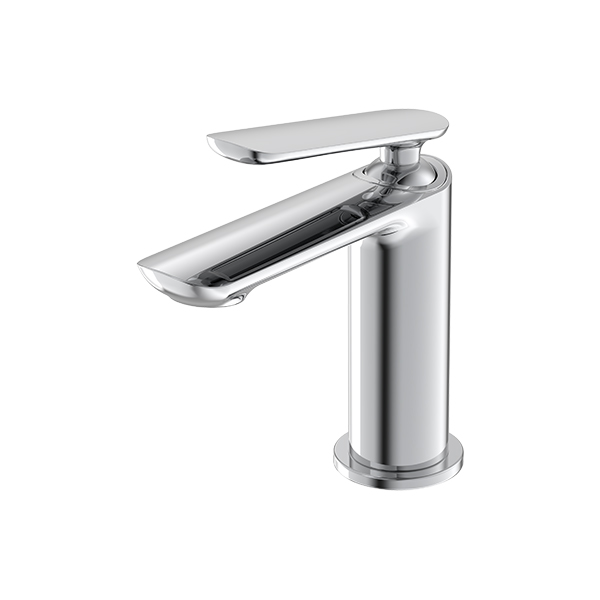Single lever basin mixer taps have become a popular choice in modern bathrooms due to their sleek design and ease of use. These taps combine both hot and cold water controls into a single lever, allowing users to adjust temperature and flow smoothly. Understanding the structure of a single lever basin mixer tap is essential for manufacturers, plumbers, and consumers who wish to appreciate its functionality, maintain its performance, or troubleshoot issues.

A single lever basin mixer tap consists of several key parts that work together to control water flow and temperature effectively. The primary components include the body, cartridge, spout, handle, and internal seals.
1. Tap Body
The body is the central part of the mixer tap, housing the internal components and connecting to the water supply. Typically made from brass due to its corrosion resistance and durability, the body ensures stable water flow and mechanical support.
The body contains separate inlets for hot and cold water, which merge internally before exiting through the spout.
It is designed to withstand water pressure and prevent leaks over extended use.
2. Cartridge
At the heart of the single lever mixer is the cartridge, which controls water mixing and flow. The cartridge is a compact, replaceable unit made of ceramic or plastic materials.
Ceramic cartridges are common due to their durability and smooth operation. They contain two ceramic discs with small holes that align or misalign to regulate water flow.
The cartridge responds to the lever's movement, adjusting the amount of hot and cold water mixed to achieve the desired temperature.
It also controls the volume of water flowing out of the tap, from fully closed to fully open.
This component is critical to the tap's functionality and often the to wear out or require replacement.
3. Single Lever Handle
The lever handle connects to the cartridge and provides the user interface for water control.
Moving the lever up or down adjusts the water flow rate.
Moving it left or right changes the water temperature by mixing hot and cold water in varying proportions.
The handle is ergonomically designed for easy grip and smooth operation, often finished with chrome or other coatings for aesthetics and durability.
The simplicity of a single lever offers greater convenience compared to dual-handle taps.
4. Spout
The spout directs mixed water from the body to the basin.
It is usually fixed or swivel-mounted, allowing some range of motion to direct water flow.
The internal water path is designed to minimize turbulence and splash, ensuring a smooth water stream.
Many spouts incorporate an aerator at the outlet, which mixes air with water to reduce water usage while maintaining flow pressure.
The spout design also contributes significantly to the tap's overall appearance.
5. Seals and Washers
Seals and washers inside the tap prevent water leaks and maintain pressure.
Made of rubber, silicone, or other elastomeric materials, these parts ensure a watertight fit between moving and fixed components.
Over time, seals may wear out, drips or leaks, requiring maintenance or replacement.
Quality seals contribute to quieter operation and longer tap life.
Additional Structural Features
Beyond the main components, several structural features enhance the performance and user experience of single lever basin mixer taps.
Mounting Hardware: The tap typically includes a threaded shank, rubber washers, and nuts for secure installation on the basin.
Temperature Limiter: Some models include a temperature limiter or stop to prevent scalding by restricting hot water flow.
Ceramic Disc Protection: Cartridges may have protective coatings to resist scale buildup and improve longevity.

 English
English Español
Español

